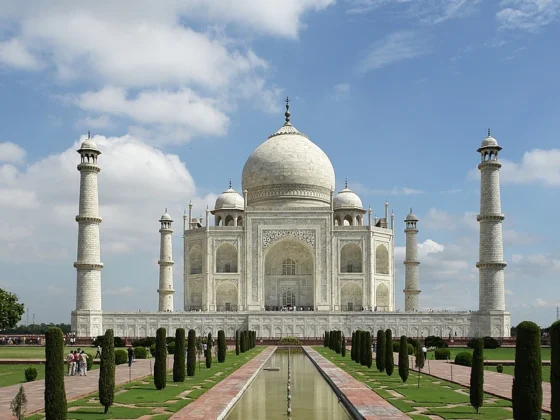Indoor games have been an integral part of Indian royal traditions for centuries. Many of these games were not just for entertainment but also served as tools for skill development, strategy, and diplomacy. Here are a few indoor games that were popular in the courts of Indian royals, along with their descriptions and historical significance:

Traditional Games Played Indoors by Indian Royals
India’s royal courts were not just centers of political power and cultural richness—they were also hubs of refined leisure. Many traditional Indian games, often rich in strategy and physical dexterity, found a cherished place within palace walls. Here’s a look at the most beloved indoor games that entertained Indian royals.
1. Chaturanga – The Precursor to Chess
Chaturanga, the ancient Indian game that laid the foundation for modern chess, was a favorite among nobles. Played on a grid, it featured four military divisions—infantry, cavalry, elephants, and chariots—that inspired today’s chess pieces. Royals often used it to sharpen their strategic thinking and mental agility.
Image: Nobles in ornate robes sit around a finely carved wooden board, focused intently on a game of Chaturanga.
2. Pachisi – The Royal Game of India
Often called the “royal game of India,” Pachisi captured the attention of emperors like Akbar. Played on a large cloth board, players moved pieces based on cowrie shell throws. Historical accounts describe Akbar enjoying this game in his royal court, sometimes using human pieces on life-sized boards.
Image: A palace hall where Emperor Akbar and courtiers play Pachisi, the board vividly spread across the marble floor.
3. Jai Alai – A High-Speed Ball Game
Though now more associated with Spain, Jai Alai has roots in India. Players used curved baskets (cestas) to hurl a ball at high speed against walls. Royals relished this dynamic game in spacious palace courtyards, enjoying both the sport and its elegant flair.
Image: Palace nobles, dressed in flowing garments, energetically play Jai Alai beneath intricate domes.
4. Gilli Danda – Competitive Courtside Play
Though common in villages, Gilli Danda also found favor in royal gardens. Players used a long stick (danda) to hit a smaller one (gilli), aiming for distance and precision. Royal children especially loved the game, adding friendly competition and fun to their daily routine.
Image: Young princes in traditional dress laughing and playing Gilli Danda in a lush palace courtyard.
5. Patang – Royal Kite Flying
More than just a festival activity, kite flying (Patang) was a favorite pastime in royal households. Silk kites with intricate designs soared above courtyards as nobles competed to dominate the skies. Royal families sometimes hosted elaborate kite-flying contests during special celebrations.
Image: Royals on an indoor balcony gaze upward as vibrant silk kites dance in the wind beyond the palace walls.
6. Lattu – The Art of the Spinning Top
Lattu, or spinning top, tested both patience and precision. Royals, especially children, enjoyed this simple yet skillful game on polished palace floors. Competitions often centered around whose top could spin the longest or perform the most elegant spins.
Image: Children in royal attire crouch low, launching colorful tops on marble floors under a moonlit veranda.
These games not only offered entertainment but also reinforced skills like strategy, hand-eye coordination, and focus. They served as playful reflections of the elegance and intellect embedded in India’s royal culture.


